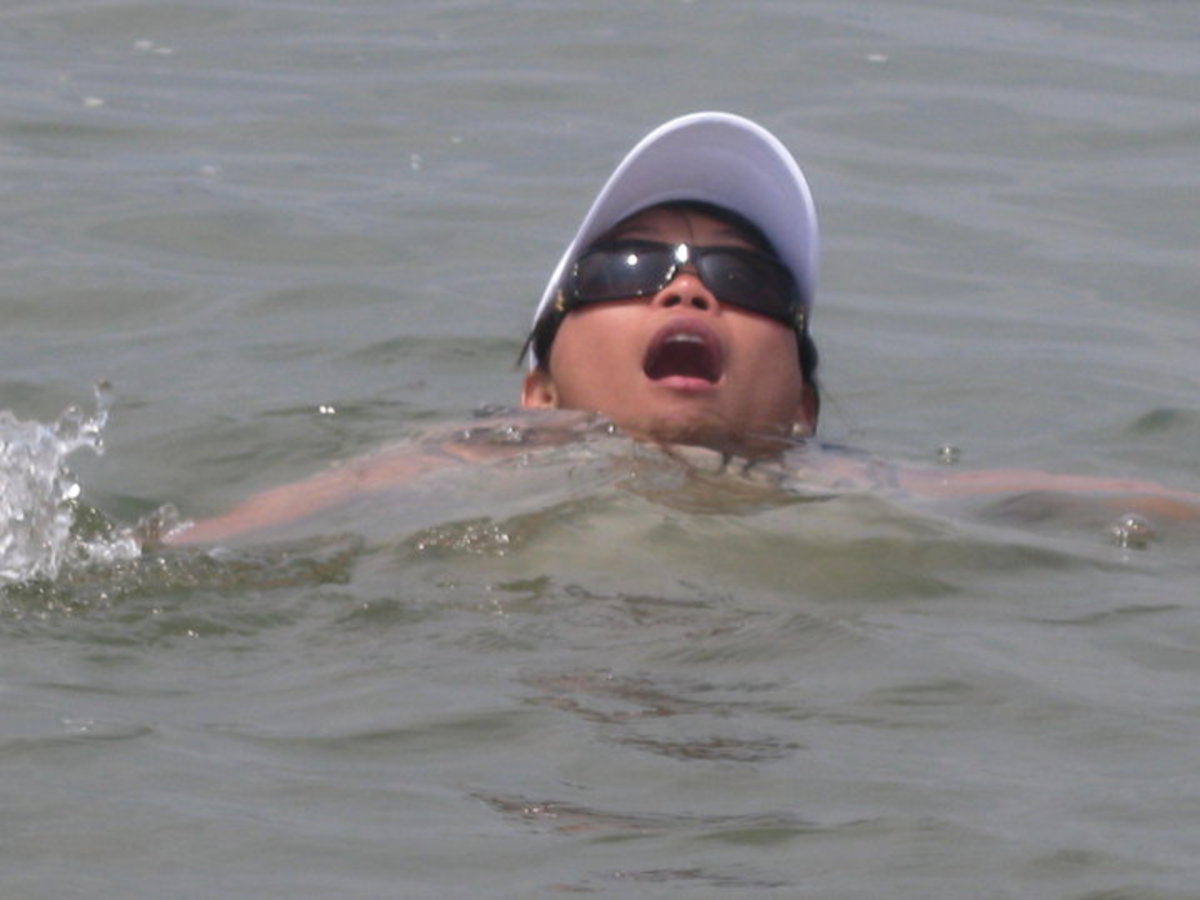Government action to end letting fees
A new government bill to ban letting fees across England is set to save tenants millions of pounds and make the market fairer and more transparent.

Unexpected letting fees and high deposits can cause a significant affordability problem for tenants and are often not clearly explained – leaving many residents unaware of the true costs of renting a property.
Introduced into Parliament today (2 May 2018), the Tenant Fees Bill will bring an end to costly letting fees and save tenants around £240 million a year, according to government figures.
The Bill will also give tenants greater assurances that the deposit they pay at the start of the tenancy cannot exceed 6 weeks' rent.
Housing Secretary Rt Hon James Brokenshire MP said:
This government is determined to build a housing market fit for the future. Tenants across the country should not be stung by unexpected costs.That's why we're delivering our promise to ban letting fees, alongside other measures to make renting fairer and more transparent.
The Tenant Fees Bill will stop letting agents from exploiting their position as intermediaries between landlords and tenants and prevent unfair practices such as double charging for the same services.
It will also help to increase competition between agents and landlords, which could help drive lower costs overall and a higher quality of service for tenants.
Other key measures in the Bill, which reflects feedback from a recent public consultation and pre-legislative scrutiny from the Housing, Communities and Local Government Select Committee, include:
- capping holding deposits at no more than one week's rent. The Bill also sets out the proposed requirements on landlords and agents to return a holding deposit to a tenant
- capping the amount that can be charged for a change to tenancy at £50 unless the landlord demonstrates that greater costs were incurred
- creating a financial penalty with a fine of £5,000 for an initial breach of the ban with a criminal offence where a person has been fined or convicted of the same offence within the last 5 years. Financial penalties of up to £30,000 can be issued as an alternative to prosecution
- requiring Trading Standards to enforce the ban and to make provision for tenants to be able to recover unlawfully charged fees via the First-tier Tribunal
- prevents landlords from recovering possession of their property via the section 21 Housing Act 1988 procedure until they have repaid any unlawfully charged fees
- enabling the appointment of a lead enforcement authority in the lettings sector
- amending the Consumer Rights Act 2015 to specify that the letting agent transparency requirements should apply to property portals such as Rightmove and Zoopla
- local authorities will be able to retain the money raised through financial penalties with this money reserved for future local housing enforcement
Alongside rent and deposits, agents and landlords will only be permitted to charge tenants fees associated with:
- a change or early termination of a tenancy when requested by the tenant
- utilities, communication services, and Council Tax
- payments arising from a default by the tenant such as replacing a lost key
The new measures are subject to Parliamentary timetables and will be introduced in law next year.
The Tenant Fees Bill builds on government's work this year to protect tenants and landlords through the introduction of new rogue landlord database, banning orders for rogue landlords and property agents as well as a new code of practice to regulate the letting and managing agents sector.
Further information
All proposals relate to England only. The ban on letting fees will apply to assured shorthold tenancies and licenses to occupy in the private rented sector.
A ban on letting fees was announced at Autumn Statement 2016, it was also a commitment in the 2017 Conservative Manifesto.
The Tenant Fees Bill reflects feedback from the recent public consultation, which ran from April to June 2017 and received over 4,700 responses. 58% of respondents (93% of tenants) agreed with government's proposed approach to banning letting fees to tenants with the exception of a holding deposit, refundable tenancy deposit and tenant default fees.
A draft Tenant Fees Bill was published by the government on 1 November 2017 and underwent pre-legislative scrutiny by the Housing, Communities and Local Government Select Committee who published their report on 29 March 2018.
The Committee agreed that the Bill has the potential to save tenants in the private rented sector hundreds of pounds as well as making the market more transparent. The government has carefully considered the Select Committee's report and accepted the majority of their recommendations. Read the government response to the Select Committee report.
Office address and general inquiries
2 Marsham Street
London
SW1P 4DF
London
SW1P 4DF
Contact formhttp://forms.communiti...
Social media - MHCLG








Flickr - http://www.flickr.com/photos/mhclg
LinkedIn - http://www.linkedin.com/company/mhclg